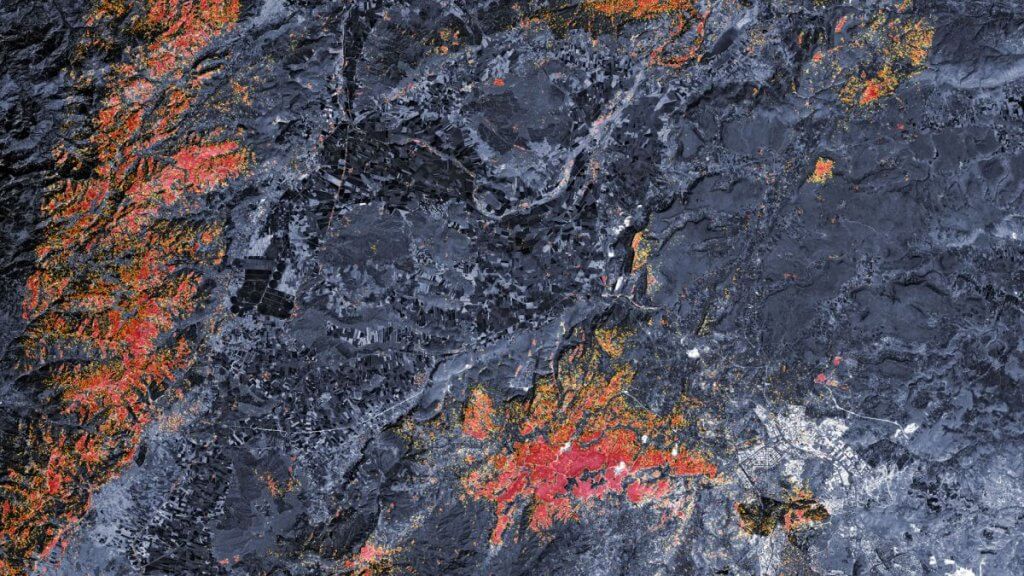NASA-developed technology that can remotely detect the tiniest motions of the body caused by basic processes necessary for life will be used by disaster relief teams in earthquake-stricken Turkey.
The devices, called FINDERs, for Finding Individuals for Disaster Emergency Response, use microwave radar sensors to find survivors underneath rubble or in avalanches by remotely detecting their heartbeat and respiration.
NASA said (opens in new tab) the technology was shipped to Turkey last weekend, nearly a week after a series of devastating tremors knocked down thousands of buildings in towns and cities around the Turkish/Syrian border. According to Reuters (opens in new tab), more than 41,000 victims have been pulled dead from the ruins since Feb. 6, the day when the two 7.8 and 7.6 magnitude earthquakes struck.
Related: Turkey earthquake opened 190-mile-long fissure, satellite images show
Rescuers on site might be skeptical about the chances of finding survivors 10 days after the disaster. Journalists reporting from southern Turkey talk about the nauseating stench (opens in new tab) of decomposing corpses that is now emanating from the ruins. But still, stories of people found alive keep emerging. On Tuesday (Feb. 14), for example, Reuters reported (opens in new tab) that nine survivors were extracted from rubble in the ravaged cities that day.
The FINDER technology (opens in new tab) was developed by a team from NASA’s Jet Propulsion Laboratory in California following the devastating 2010 earthquake in Haiti and was later commercialized by Florida-based SpecOps Group.
The technology is only one example of NASA’s support for Turkey. For instance, some of the agency’s satellites have been tasked to gather images of the affected regions to help assess the extent of the damage and provide guidance to rescuers as part of global disaster relief efforts.
“NASA’s hearts and minds are with those impacted by the earthquakes in Turkey and Syria,” NASA Administrator Bill Nelson said in the agency’s statement. “NASA is our eyes in the sky, and our teams of experts are working hard to provide valuable information from our Earth-observing fleet to first responders on the ground.”
Among the tools providing support from space is the EMIT (Earth Surface Mineral Dust Source Investigation) instrument that was delivered to the International Space Station in July last year and later mounted by the station’s robotic arm on the outpost’s external structure.
Scientists hope that EMIT, which is primarily designed to analyze the composition of dust in Earth’s atmosphere, could detect dangerous gas leaks from pipelines damaged by the earthquakes.
“Relief efforts include tracking cascading disasters, such as natural hazard-triggered technological disasters,” Shanna McClain, manager of NASA’s Disaster program area, said in the statement. “Damaged infrastructure and pipeline bursts are something we want to identify quickly to protect the health of people nearby.”
Data from other Earth observation instruments will help improve models of interactions of the tectonic plates that meet in the affected region that straddles the border between southern Turkey and western Syria. Tensions between these plates — the Anatolian, Arabian and African plates — make this area an earthquake hotspot. The series of tremors that hit on Feb. 6, was, however, extreme even for this tectonically active region and described by experts as the worst in decades.
Computer modeling based on satellite measurements could help researchers assess the likelihood of aftershocks around the main tectonic faults.
Follow Tereza Pultarova on Twitter @TerezaPultarova. Follow us on Twitter @Spacedotcom and on Facebook.

